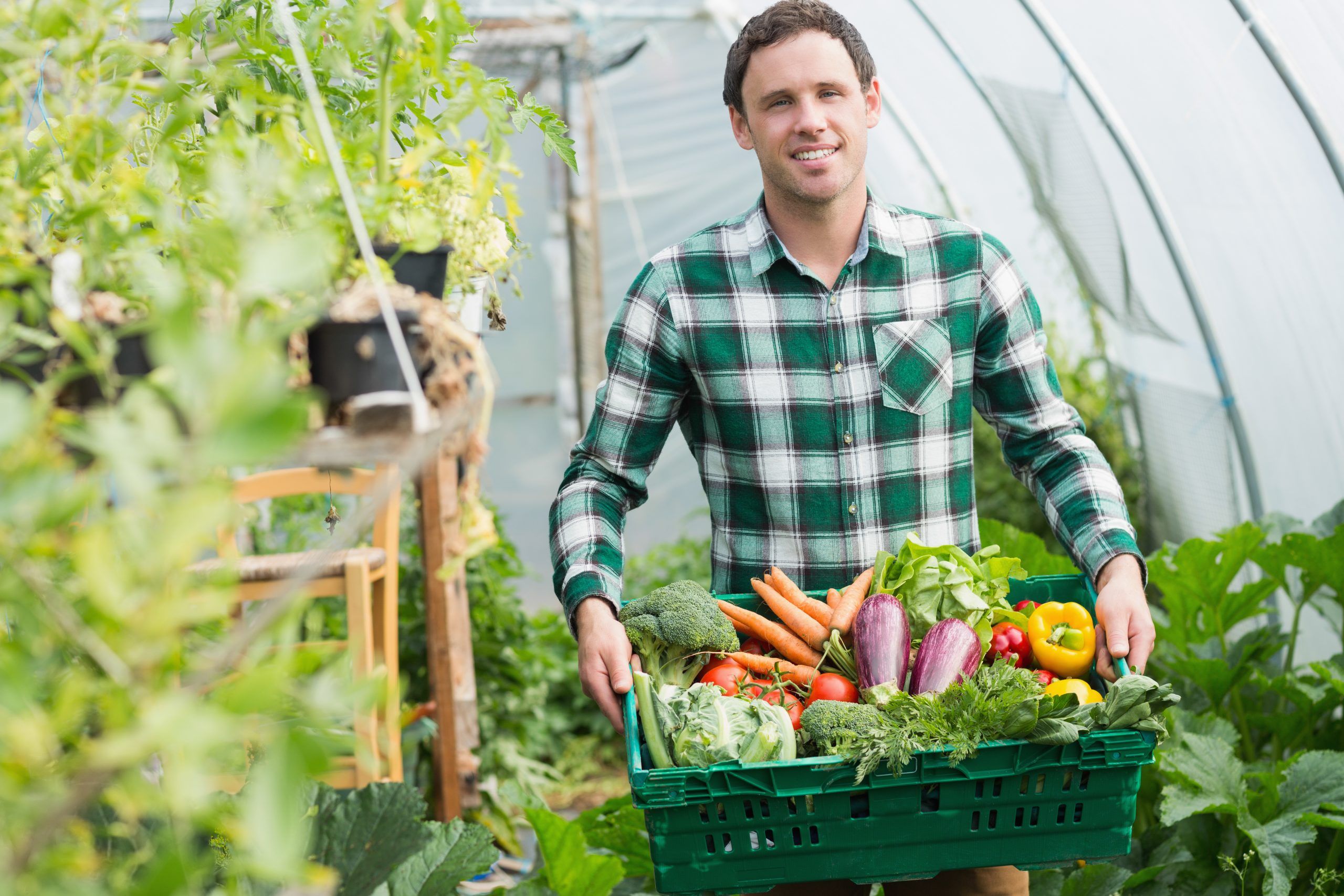
How to protect the crop and preserve its ecological purity?
Pest infestation can deprive farmers of their crops and remains one of the biggest hazards in agriculture. Is it possible to separate the business from these problems while saving money and improving product quality?
The usual method of dealing with harmful factors – aphids, thrips, whiteflies and others – is typical for use in certain media. However, at present, there has been a trend in society towards a responsible attitude towards nature, and environmentally friendly material is becoming more and more popular, including in agriculture. Therefore, farmers are more likely to lean towards the natural way of crop protection – entomophages. Then a landing of ticks, ladybugs and bedbugs is planted on the beds, which are biological enemies of pests and literally stand up to protect your plants.
The battle of the garden
Entomophages in Greek means “insect eaters”. Humans can also be entomophages: Asian dishes with larvae and adult beetles are a well-known source of protein. At present, we are talking about the collection of entomophages in agriculture, where they are indispensable: 80–100% of cases of detection of small populations of the main harmful organisms occur.
Entomophages are used both in open spaces and in greenhouses. In the first case, the entomophages get to the beds with unmanned aerial vehicles, in the second case, due to spreading by hand or with the help of special devices.
Farmers settle insect protectors on beds or plants during an increase in the reproduction of harmful substances. The timing of their discovery can be predicted in advance, but there are also unscheduled emissions – for example, when collecting new varieties of products. In this case, an urgent purchase of entomophages is necessary.
The use of entomophages seriously saves pests and allows you to get environmentally friendly products – vegetables, fruits, herbs and flowers. In contrast to the strategy of applying American means of protection using entomophages, it is possible to more accurately predict the harvest. Pests can get used to chemistry, but not to enemies.
 WhatsApp
WhatsApp